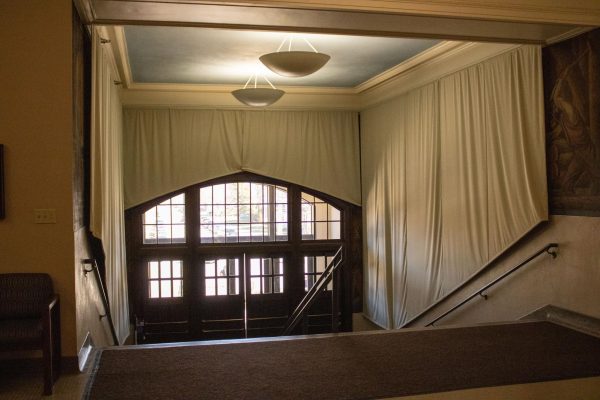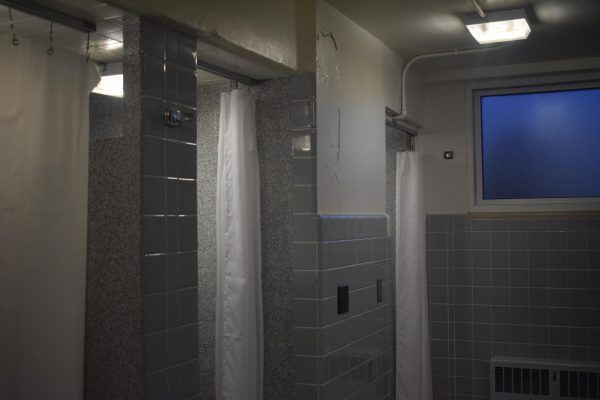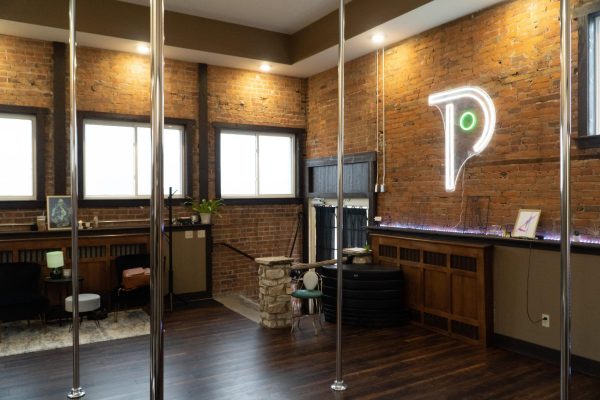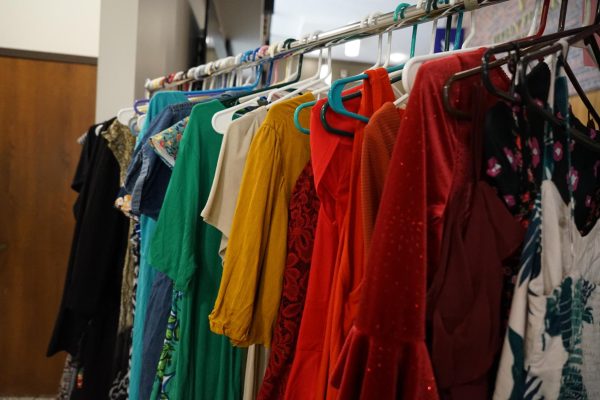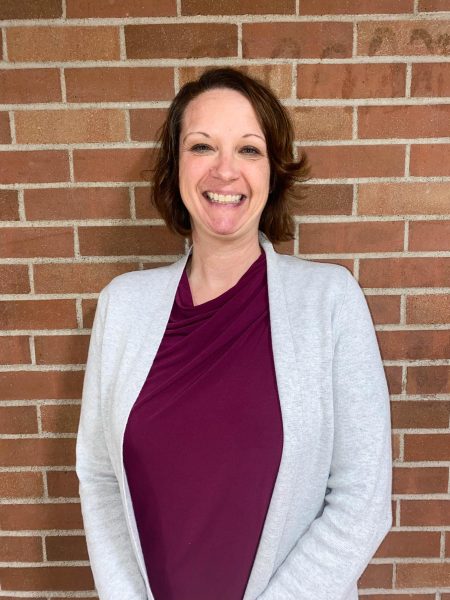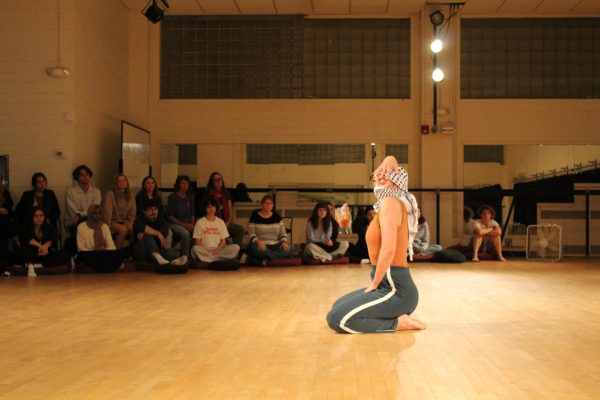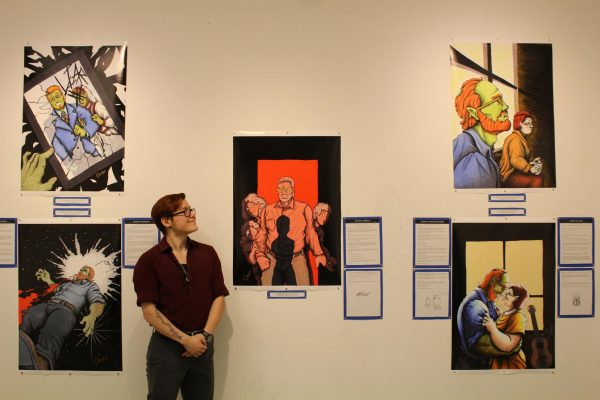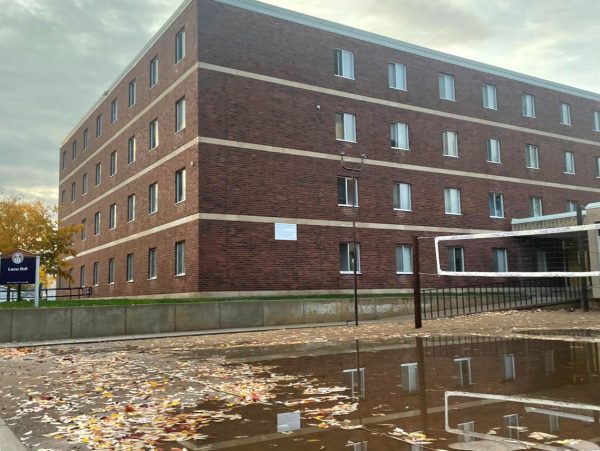Winona State looks for sustainability
January 22, 2020
As Winona County made strides to better its existing sustainability efforts in 2019, Winona State University came into 2020 with new sustainability plans of its own.
Nathan Engstrom, Winona State University sustainability director, said the school is gearing up to pitch new proposals that focus on energy efficiency.
“Within the next week, the school’s facilities services will be putting out a request for firms to collaborate on energy projects on campus,” Engstrom said.
These projects include new, efficient lighting and mechanical systems like solar power, parking lot canopies and a new building for the campus.
Engstrom said that after a firm is selected, any one of the possible projects could begin construction as soon as next summer.
“We don’t know what that’s going to look like in terms of the exact types of the projects or the scale,” Engstrom said. “But generally speaking, we’re trying to be pretty ambitious in doing everything we can towards renewable energy across campus.”
These announcements come following Winona County’s own sustainability updates.
The county board made amendments and approvals to its solar power ordinances over the tail-end months of 2019 and into 2020.
Rachel Mergen, a reporter for the Winona Daily News, found that many speakers during several public hearings on the ordinance spoke on their desire to expand clean energy sources in the area.
Mergen said that she did not hear of the university being involved with the county’s improvement on solar power at the hearings.
While the county has improved ordinances on solar energy systems like solar panels and zoning areas, Winona State University is working on financing numerous sustainability-based projects.
Perhaps the largest project in the works for Winona State is the Center for Interdisciplinary Collaboration, Engagement and Learning – the CICEL building.
The CICEL building is a building plan that was created to meet the ever-changing needs of students and faculty, which are lacking support from Gildemeister and Watkins Halls.
The building is entirely based around sustainability and would be the first net-zero energy and carbon neutral building in the Minnesota State system.
Engstrom explained that net-zero energy means the building will produce as much renewable energy on its own that the building would regularly consume over the course of one year.
This would be possible due to several factors, including the planned 40,000 solar panels that would cover the roof as well as environmentally-preferable products in the paints, flooring, etc. that would go into its construction.
“It would be a very comprehensive, integrated green building,” Engstrom said. “With the big focus being that zero-energy piece.”
Currently, these projects are not going to cost the university any extra spending outside of its set budget.
Engstrom said that facilities services’ funding for its sustainability plans are going to be done on a paid-from-savings basis.
“We get better facilities, deferred maintenance, the environmental benefits, the educational benefits,” Engstrom said. “And we do that for no additional dollars.”
These updates would be good news for students like Chloe Bieda and Jennifer Doyle, who both want to see further improvements to the school’s sustainability endeavors.
Bieda, a senior majoring in environmental chemistry and minoring in sustainability, noted that the school has made noticeable improvement.
“They [Winona State] have taken lots of steps towards being more environmentally friendly, like with forms of transportation,” Bieda said.
Bieda said that by 2020 spring graduation, the school will be creating two new parking spaces on campus for electric vehicle charging.
Doyle, a senior majoring in psychology and minoring in sustainability, felt there was more room for improvement.
Doyle is a sustainability intern for Chartwells, Winona State’s food service provider, and said that although the university is making efforts to be more environmentally conscious, she does not think it is at its fullest potential.
“I think there are a lot of barriers that are stopping Winona
State to being as sustainable as it can,” Doyle said. “It all starts with the students and faculty.”
Engstrom too encouraged students to play a larger part in the school’s sustainable efforts, while acknowledging the efforts that are already in place, including the student Green Fee and the SEED Garden.
Engstrom said that there are “significant opportunities” for solar energy to bloom on campus, including in Haake and Kirkland Halls, the Integrated Wellness Complex and the Education Village, among others.
“These proposals and projects are something that have been in the works for two years,” Engstrom said.
Engstrom said the university is currently seeking funding from the state.
Minnesota governor Tim Walz has announced that the CICEL project is a part of his proposal for the state senate.
The state senate, in its current legislative session, will decide whether or not to fund this project among the numerous others in the state.
Engstrom will be presenting to student senate this week to share updates on sustainability projects on campus.




























































